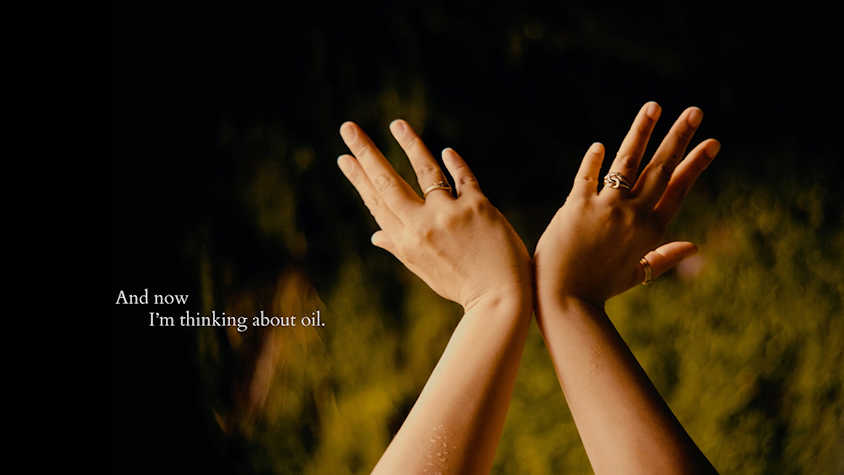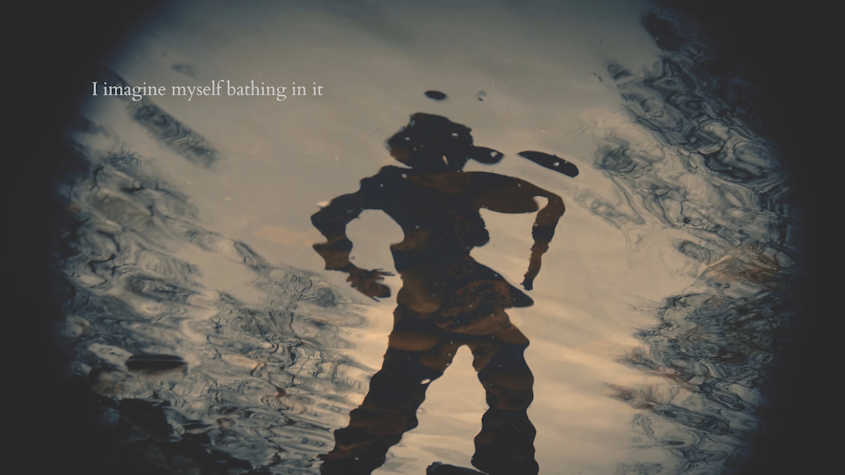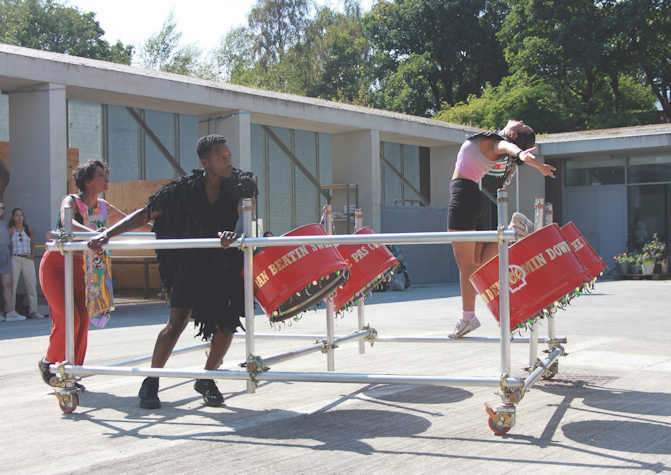A Burial
- Dates and Opening times
Fri 7 June – Sat 31 Aug
Tue – Sat, 11am – 6pm- Venue
Centre for Contemporary Arts (CCA)
350 Sauchiehall Street
G2 3JD- Participants
- Ashanti Harris
- Presented by
Centre for Contemporary Arts (CCA)
- Accessiblity
Good access: The venue has ramped or level access and/or lifts to access upper floors
Toilets: The venue has toilets available for visitors
Accessible Toilets: The venue has a wheelchair-accessible toilet
Gender Neutral: The venue has toilets not separated by gender or sexLarge print and sensory map materials will be available
Detailed access information will be provided closer to the exhibition date
CCA’s scheduled exhibition with Ashanti Harris is postponed due to unforeseen personal circumstances, and sadly will not take place during Glasgow International.
Ashanti Harris is an artist and researcher exploring themes of diasporic identity, history, and movement through a performative and participatory sculptural practice. The exhibition A Burial expands on a process Ashanti terms a ‘Caribbean Carnival Methodology’: an approach to art and philosophy grounded in African cosmology where “sculpture, performance, sound, and participation are all vitally equal elements to the creation of work. Each element is activated by the other and so all are necessary to understand the ideas being explored and for transformation to occur.”
In 2019, Aberdeen established a twinning relationship with Georgetown, the capital city of Guyana, following the discovery of oil-producing sandstone off the Guyanese coast in 2015. This relationship founded on extraction is not new to Guyana – it is embedded in the land and its colonial history, from the violence of plantation economy and the transatlantic slave trade to the industrial mining of minerals from its soils and offshore oil production. Speaking to the present moment as the world is being turned upside down with increasingly devastating world events, A Burial invites audiences, participants and collaborators to undergo a process of remembrance of the numerous long and complex relationships with violent forms of extraction. Starting from a place of pressure, intensity, and permission from the ancestors, the exhibition is a transformative procession to the bottom of the ocean and into the centre of the earth. This engagement forms a part of an energetic exchange and ritual to transformatively reflect on the past and to grieve, process and dream toward another future.



